Deck & Commander Strategies
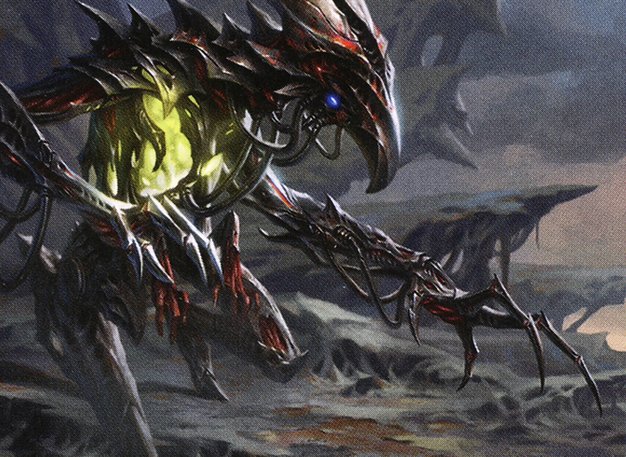
Brudiclad, Telchor Engineer
Brudiclad's deck focuses on creating and copying tokens, especially artifact tokens like Thopters, leveraging equipment and token doubling to overwhelm opponents with wide board states.
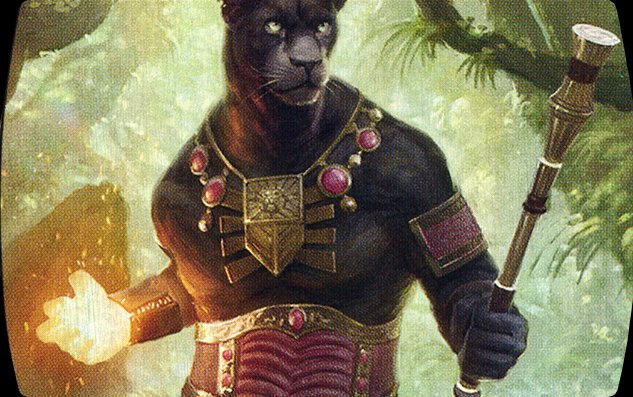
Lord Windgrace
Lord Windgrace utilizes landfall and graveyard recursion to maintain board presence and card advantage, often animating lands and applying -1/-1 counters to slow opponents while drawing cards and reanimating lands.

Aminatou, the Fateshifter
Aminatou's deck capitalizes on flicker effects to reuse enter-the-battlefield triggers, control the board by flickering key creatures, and generate card advantage through manipulation of the top of the library.

Estrid, the Masked
Estrid's deck focuses on enchantments, drawing cards via enchantress effects, and using her ultimate to return enchantments and auras from the graveyard, creating a resilient and value-driven board presence.
Gameplay Insights
- 1
Aminatou's repeated use of flicker effects on creatures like Knight Incarnate and Riverwise Augur allowed continuous card draw and board control, effectively resetting threats and protecting value creatures.
- 2
Lord Windgrace's strategy of discarding cards to draw multiple cards and animating lands for combat damage combined with recurring lands from the graveyard provided consistent pressure and resource advantage.
- 3
Brudiclad's use of Helm of the Host on a token to generate multiple attacking copies created significant combat phases, demonstrating the power of token duplication and equipment synergy.
- 4
Estrid's ultimate to bring back all enchantments and auras proved pivotal in regaining board presence after wipes, enabling a strong late-game position with card draw and multiple enchantments on the battlefield.
- 5
Board wipes like Savage Twister and Marshal Coup were important resets that shifted momentum, but all players had ways to recover quickly, showing the importance of recursion and value engines in multiplayer Commander.
- 6
The interaction between creature buffs from Loyal Guardian and land animation from Raging Ravine helped Shawn maintain aggressive board states and threaten multiple opponents simultaneously.
Notable Cards
-
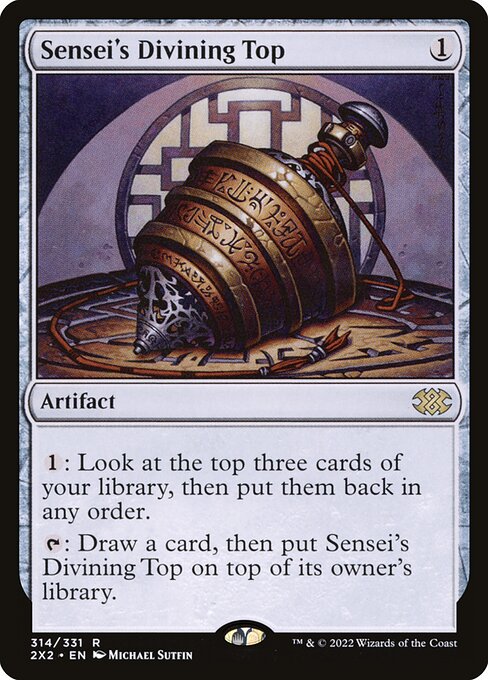
Sensei's Divining Top
-

Swiftfoot Boots
-
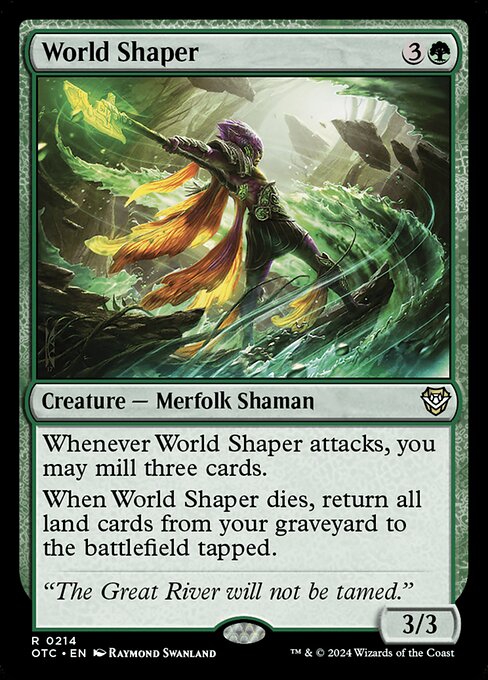
World Shaper
-
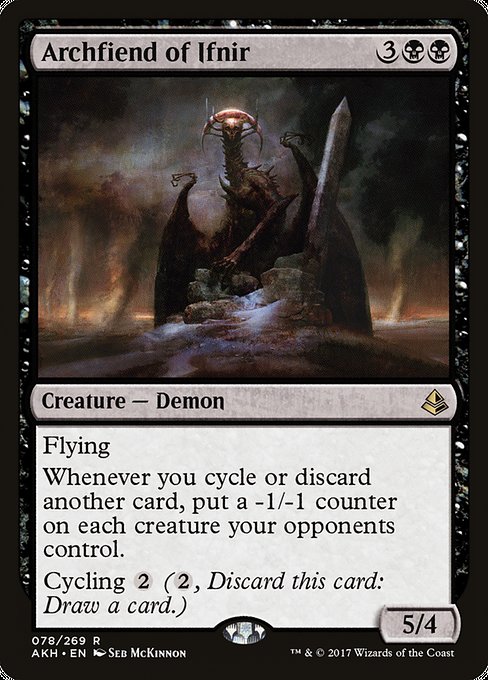
Archfiend of Ifnir
-
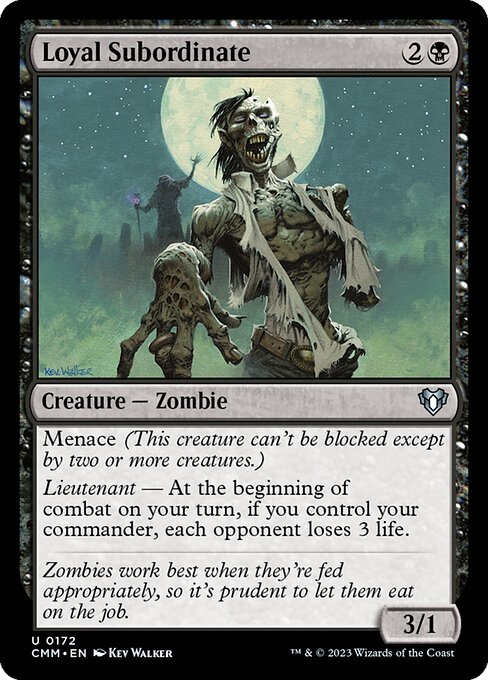
Loyal Subordinate
-
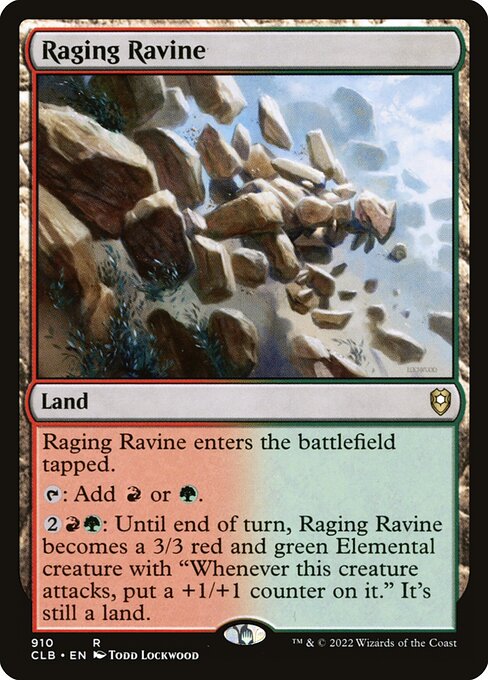
Raging Ravine
-
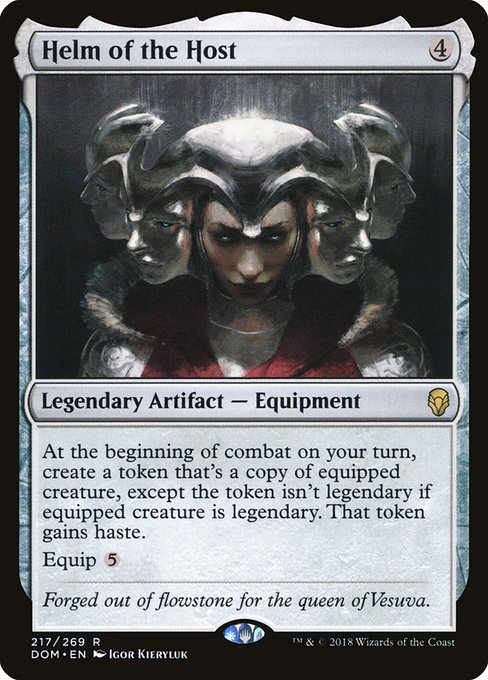
Helm of the Host
-
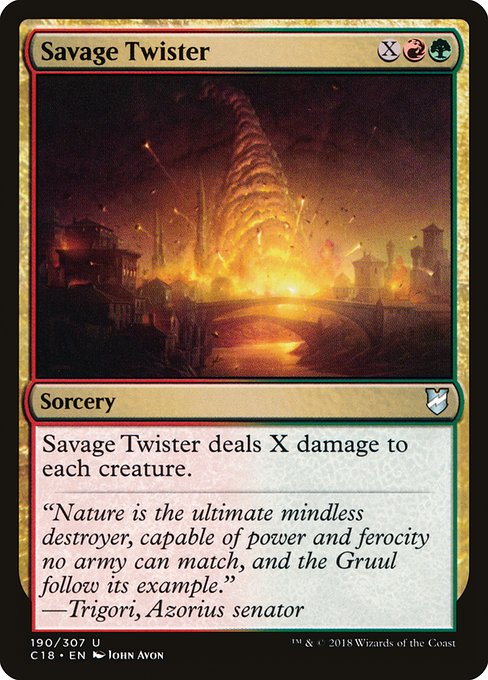
Savage Twister
-
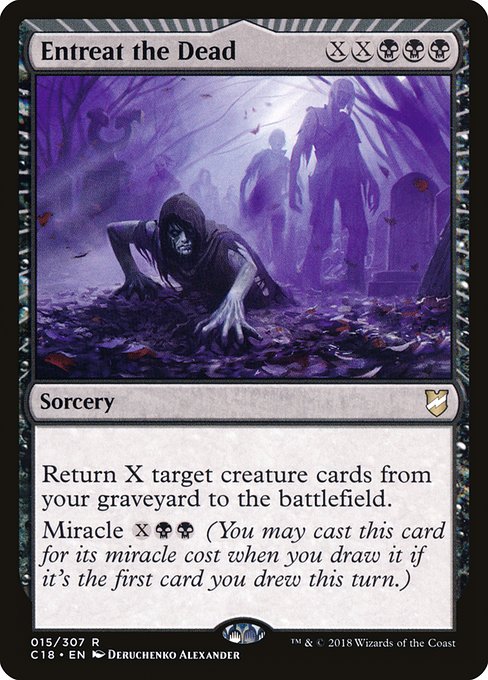
Entreat the Dead
-
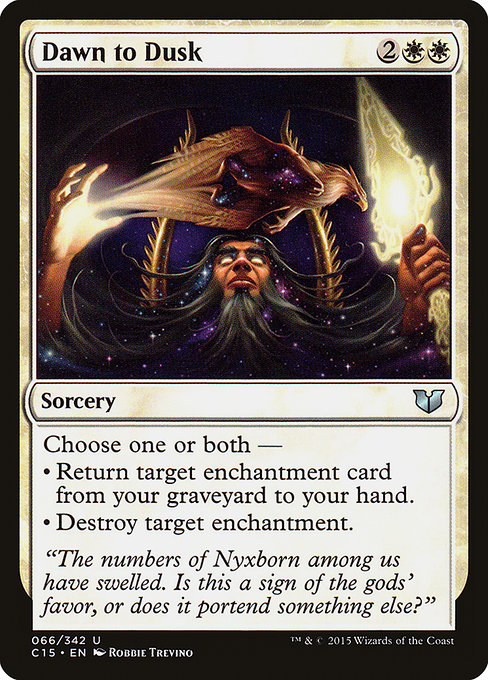
Dawn to Dusk
-
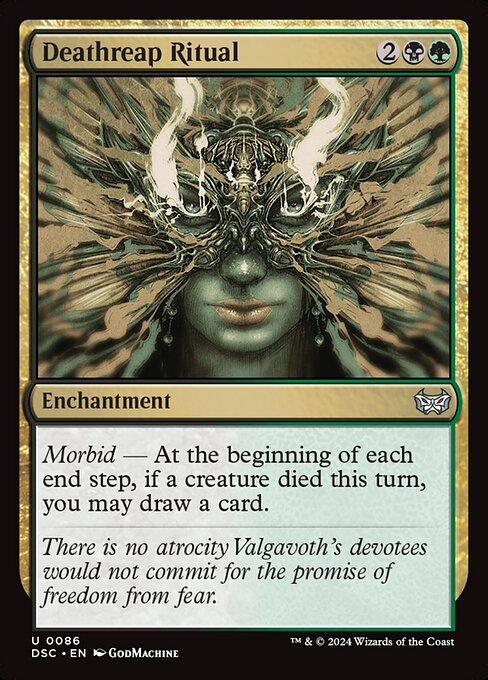
Deathreap Ritual
-

Command Tower
-
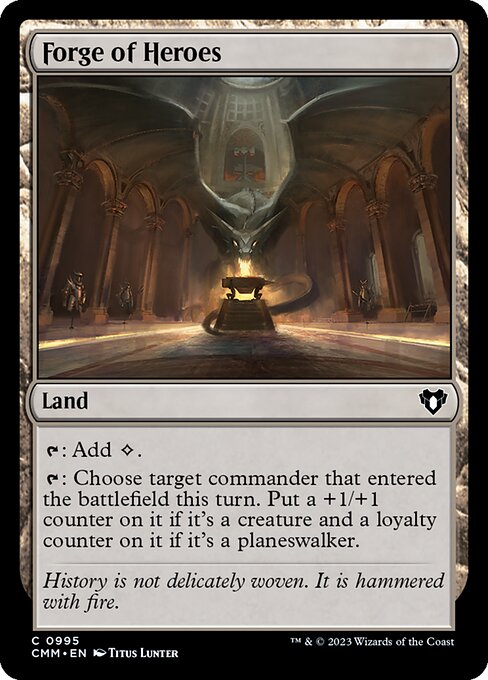
Forge of Heroes
-
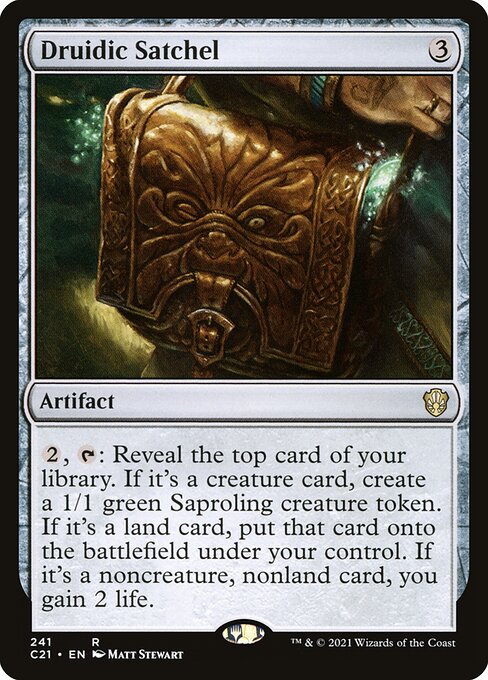
Druidic Satchel
Gameplay Summary
The game began with all four players developing their board states cautiously, ramping into their respective commanders and setting up early card advantage and utility.
Aminatou leveraged her flicker ability early to control the board, removing key threats and resetting favorable creatures, while Lord Windgrace and Brudiclad focused on land recursion and token generation respectively.
Estrid built up enchantments and used her enchantress synergy to draw cards and generate value.
Mid-game saw several board wipes and strategic plays, including a Savage Twister from Shawn (Windgrace) and a Marshal Coup from Ben (Estrid) which temporarily reset the battlefield and allowed for fresh starts with value creatures and enchantments. A key turning point was when Tal (Brudiclad) equipped Helm of the Host onto Bane A'Baged, creating multiple combat phases and large board presence through token copying.
However, Harry (Aminatou) maintained control with flickers and card draw, utilizing cards like Entreat the Dead to recover threats and push for card advantage.
Meanwhile, Ben (Estrid) successfully used her ultimate to bring back key enchantments and auras, flooding the board and drawing multiple cards, establishing a strong mid-to-late game foothold.
Shawn (Windgrace) capitalized on land recursion and creature buffs through cards like Raging Ravine and Loyal Guardian to apply pressure.
The game featured intricate interactions between flicker effects, land recursion, and enchantment synergies, with each player attempting to outvalue and outlast the others through incremental advantage and well-timed board resets.
















![Commander VS S14E5: Lord Windgrace VS Saheeli VS Aminatou VS Estrid [EDH] thumbnail](https://i.ytimg.com/vi/JC-3BaczJhU/sddefault.jpg)




















